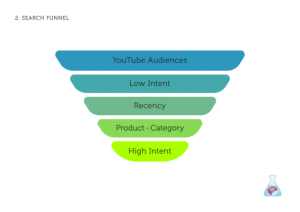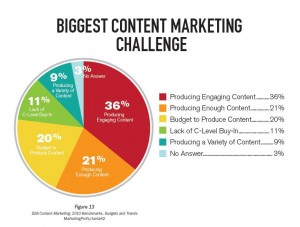— April 1, 2019
If an investor, analyst or executive searches for which metrics matter most for technology companies they would be inundated with thousands of results and hundreds of metrics. But what are the most important metrics? And, sometimes more importantly, what are the metrics most people can ignore most of the time.
The wrong metrics can lead to the wrong conclusion. If a company is performing better than the metrics demonstrate, that is a happy mistake. But if the metrics show a successful technology company or product but the reality is different, investors, executives and employees all suffer.
Metrics to Mostly Ignore
There is a category of metrics for technology companies and products should be considered vanity metrics. These metrics are often found on social media platforms – likes, shares, comments and other social media metrics do not often correlate to increased profitability or usability of a product. This is not to say those metrics don’t matter, they absolutely matter within the silo of some forms of marketing.
Certain vanity metrics can often make an organization or product seem more successful than it really is. Web traffic is a prime example of this. If a company only earns revenue on advertising on a site or application, then they will obviously tout strong traffic numbers. But what about the amount of people who stay on the application? Or the time they spend on it? Or their willingness to engage with advertisements.
Web traffic is not always a strong indicator of product or company success.
Another metric similar to traffic that is used for software applications is daily or monthly active users – how many people log in to or use an application on a daily or monthly basis. While this is important to consider, it is more important to determine which customer segments are actually valuable.
What is more valuable to know – a certain number of people log in every day or a certain number of people actively use revenue generating sections of a software application?
A technology company that boasts millions of visitors to their website and thousands of daily active users but doesn’t post any revenue isn’t necessarily a successful company.
Metrics to Focus On
There are three main categories of metrics to consider when evaluating a technology company: financial, employee and product metrics. Each of these are important in their own way. Ideally, as the employee and product metrics improve the financial metrics will as well.
Employee Metrics
Organizations need the right talent at the right time to serve their customers. The founding and executive team are important, but as the organization grows, they will undoubtedly need a lot more people to fulfill their mission. Employee retention is one of the biggest predictors of the success of a functioning organization. If people are leaving rapidly, there are issues with the leadership, product or process at the company. Employee retention should be extremely high, assuming the organization has the right people in place.
Another metric that many people overlook is employee pay. Pay, of course, impacts employee retention to some extent. Employees should be compensated around the market rate for their role. Under paying employees can lead to challenges in the organization.
The other side of this can be cause for concern as well. Employees should be compensated but salaries far above market rates can be an issue for long term growth and sustainability. Not every engineering role should be in the highest pay bracket.
Product Metrics
A company is nothing without its product or service. If the company has the right people in place for the right amount of time, the focus should be on creating the best possible product or service. One of the most straightforward metrics is the Net Promoter Score. Or the even simpler version – are customers referring your product or service to other customers?
For traditional technology products, there are a few key metrics that are important. Technology is constantly changing, and any good organization will adapt to changes and enhance their product. But they must focus on preserving then growing their capabilities.
- Down Time. How often is the technology product out for maintenance or some sort of failure? How long does it last?
- Page or Application Load Time. How fast does each individual page, flow or application load? Has it been tested for different amounts of traffic?
- Time to Resolution for Defects. How often are defects found? Is it by customers or internal groups? How long until the defects are fixed?
Customers demand products that serve a purpose and serve it well. Innovation, design and usability are all important but only after the product itself does its job. It is paramount that organizations focus on products that work.
Financial Metrics
Much has been said about financial metrics. But most organizations still track the wrong line items. Of course, revenue growth, expense reduction and other profit and loss line items should be managed. But most importantly, organizations should focus on the effectiveness of their assets. Return on Investment is one of the best metrics for this.
In addition to ROI, there are a number of important customer-related financial metrics. The cost of acquiring a customer is important. This varies in each industry and company type, but the cost per acquisition should at least be known and be constant. This ties directly in with another crucial metric – Return on Advertising Spend. An organization should know exactly how effective their advertising dollars are.
To predict the effectiveness of asset allocation and capital investment, organizations must know the lifetime value of their customers. Each customer segment may have a different lifetime value. Customers who only see an advertisement every once in a while, or who log in daily but don’t engage with paid services won’t have the same lifetime value as customers who buy premium services.
A Final Thought
There will always be more metrics to evaluate than any investor, analyst or executive will need. In the same way there is more data than is needed to create a valuable metric. The key to understanding the health of a technology company is to first understand the company you are evaluating, determine the appropriate metrics and ignore the rest.
Business & Finance Articles on Business 2 Community
(54)







